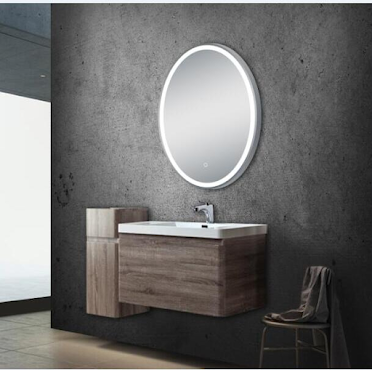Factors to Consider in Thread Bar Selection
Thread bars play a crucial role in various industries by providing enhanced structural integrity and load transfer capabilities. This article explores the concept of thread bars, their applications, advantages, installation process, common types, factors to consider during selection, and maintenance guidelines. Whether you're involved in construction or geotechnical engineering, understanding thread bars can significantly contribute to the success and longevity of your projects.
Common Types of Thread Bars
1 Fully Threaded Bars
Fully threaded bars have threads along their entire length, offering maximum flexibility in terms of installation depth and connection options. These Post-Tensioning bars are commonly used in applications where adjustment or tensioning is required.
2 Tapered Thread Bars
Tapered thread bars have a reduced diameter at one end, allowing for easy connection to other components. These bars are often used in applications where space constraints or aesthetic considerations are present.
3 Continuous Thread Bars
Continuous thread bars have uninterrupted threads along the entire length, ensuring a reliable connection and efficient load transfer. These bars are suitable for applications requiring high-load capacity and long-term durability.
Factors to Consider in Thread Bar Selection
Choosing the right thread bar involves considering several factors to ensure optimal performance and longevity. Some important factors to consider include:
Load Requirements
Evaluate the expected loads and forces the thread bars will be subjected to. This includes both static and dynamic loads to ensure the selected thread bars can handle the anticipated forces without compromising structural integrity.
Environmental Conditions
Assess the environmental conditions, such as exposure to moisture, chemicals, or extreme temperatures. Select thread bars with appropriate corrosion-resistant coatings or materials to ensure long-term performance in the specific environment.
Installation Method
Consider the installation process and requirements. Different applications may necessitate specific installation methods, such as grouting or tensioning. Ensure the chosen thread bars are compatible with the required installation method.
Maintenance and Inspection of Thread Bars
Regular maintenance and inspection are essential to ensure the ongoing performance and safety of structures involving thread bars. Inspections should include checking for signs of corrosion, damage, or loosening of connections. Prompt repair or replacement of any compromised thread bars is crucial to maintain structural integrity.
Conclusion
Thread bars are indispensable elements in the construction and geotechnical engineering fields. Their ability to enhance structural integrity, distribute loads efficiently, and resist corrosion makes them a valuable choice for various applications. By considering the outlined factors, selecting the appropriate thread bars, and following proper installation and maintenance procedures, professionals can ensure the long-term success of their projects.


评论
发表评论